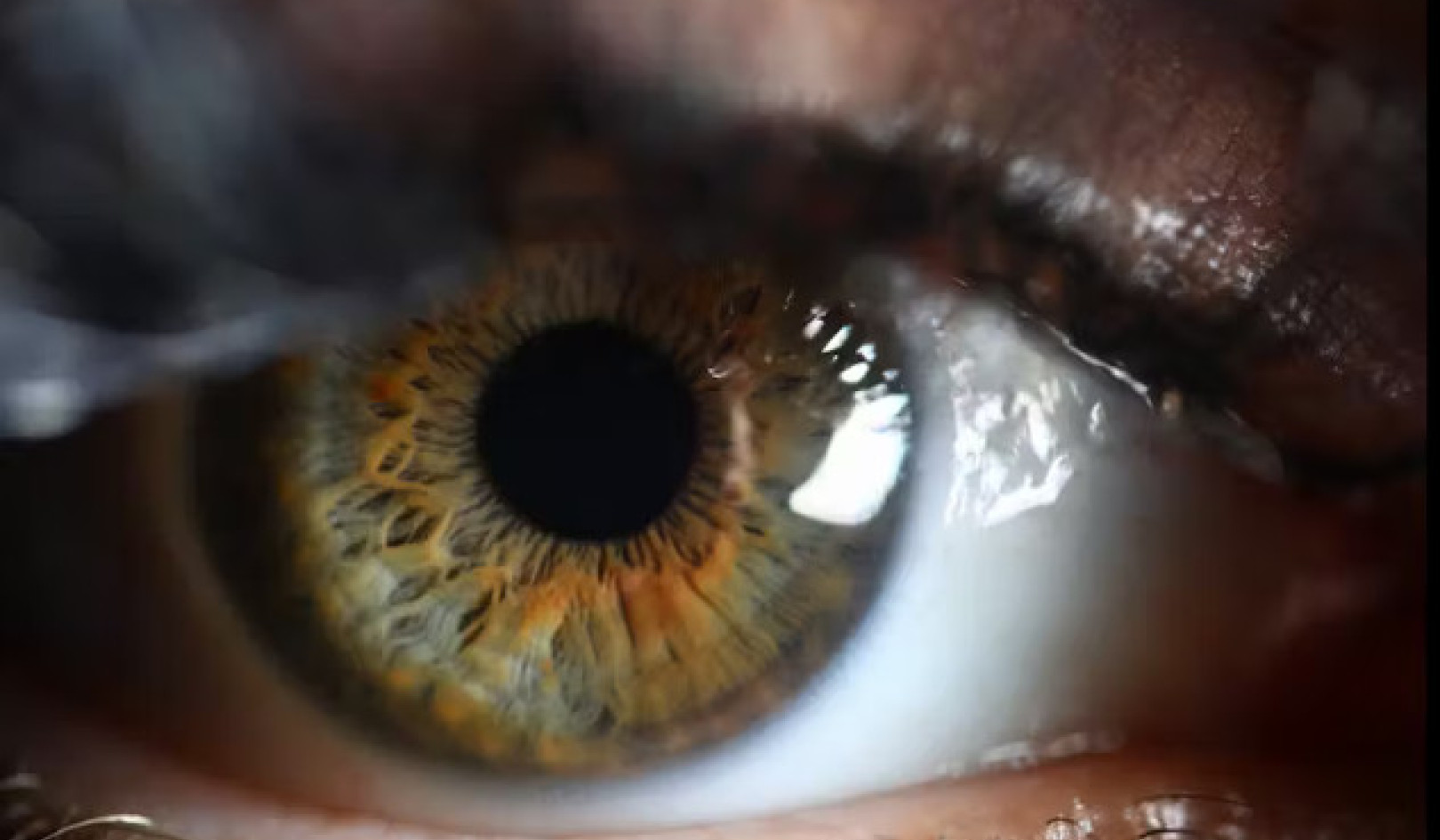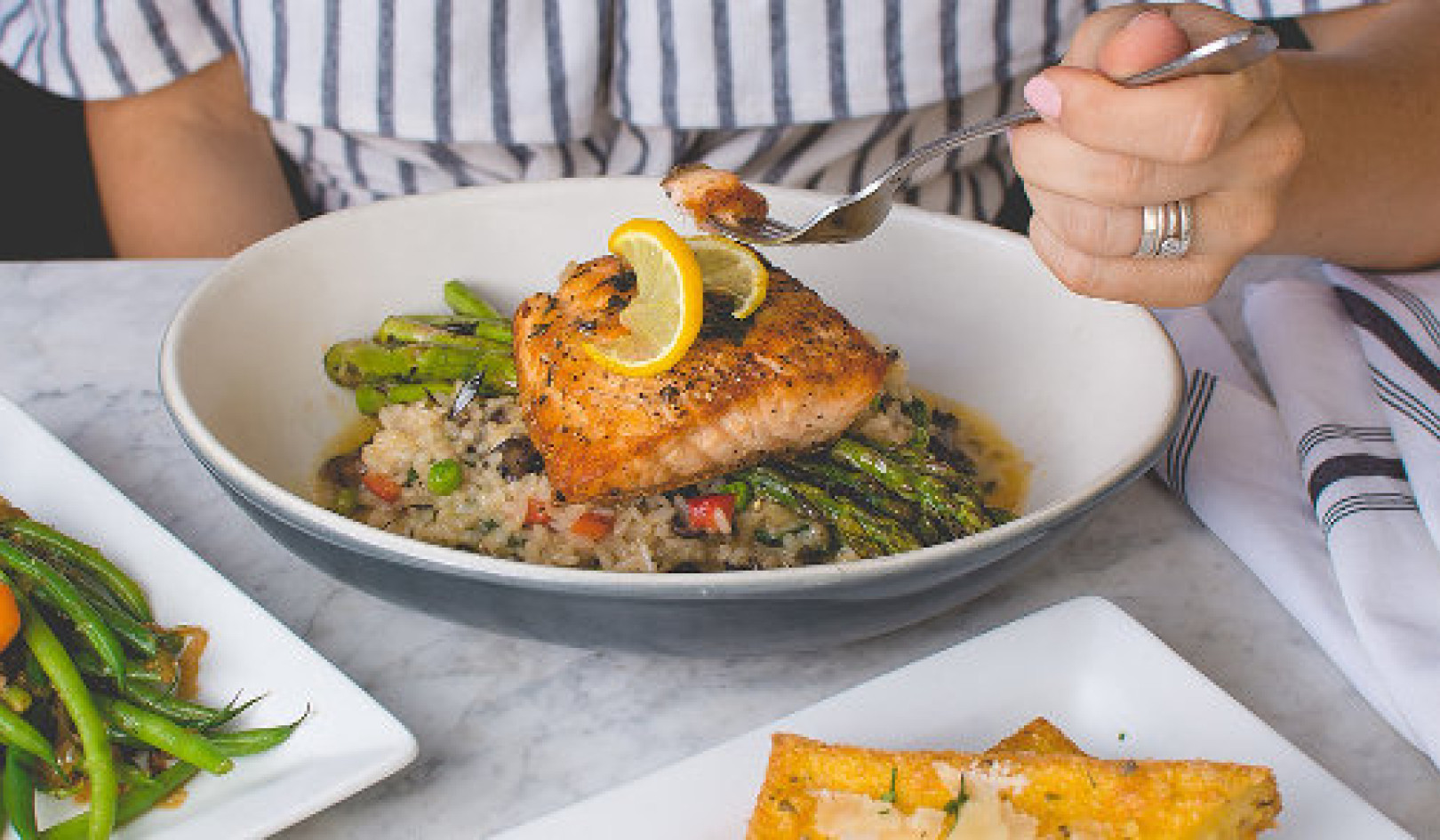
"Music is the mediator between
the spiritual and the sensual life."
-- Ludwig van Beethoven
Imagine this: You're looking forward to some relaxation after a hectic workweek. You pop a new CD of Gospel music into the player, then sit down to enjoy your neighborhood deli's specialty: a juicy pastrami sandwich. Deep in thought, you suddenly realize your body is swaying to the rhythm of the music. "Go-o tell it on the mou-ountain," sings the choir. You can't stop moving. You are smiling and chewing, chewing and swaying. You feel wonderful.
Most of us don't pay much attention to the connection between music and our well-being. It is just there. It has always been there. For some of us it hovers on the periphery of our lives. For others it is central to our daily moods and activities.
We grow through every stage of our life with a musical accompaniment. Newborns are rocked to sleep with a lullaby. The infant claps her hands in glee to the song of Pat-a-cake, pat-a-cake, Baker's man. A small child stops whatever he is doing to join the circle for Ring around the Rosie. Adolescents begin their mock attempts to leave the nest through raucous, rebellious sounds that they call "music.' Romantic ballads weave lovers together. Amazing Grace eases our suffering, and Blessed be the Tie That Binds helps us to say "good-bye." Our physical, mental, emotional and spiritual selves require music.
Universal Language
Music is a universal language that bridges cultures and continents. It touches the human spirit like nothing else. The familiar opening chords of Beethoven's Ninth Symphony vibrate in common human understanding: Dah dah da DAH, Dah dah da DAH. We catch our breath. Our pulses quicken in anticipation. We are as one, caught in the rapture of the sound.
A multitude of sounds engulfs us every day. What is it about music that is so enticing? Is it the resonance? Certainly, anyone who has heard Massenet's Meditation from Thais knows its calming effect. The melodious song of the violin soothes us. The electrical impulses in our brain have shifted to what is called the Alpha State. The entire system relaxes. Conversely, a rousing John Phillips Sousa march moves us to step in time to the rhythm. We can be moved from sedation to stimulation in a matter of minutes.
In an entirely different setting, Tibetan monks chant three times a day to a critically injured snow leopard that gradually and miraculously heals. Or is it a miracle? Perhaps music is the one force that binds together all living creatures.
Both clinical research and historical experience teach us that music heals and helps us to relax. It stimulates immune function. It allows us to step lively and to die in peace. How profoundly it influences our lives! Alfred Nietzsche, the German philosopher wrote in 1889, "Without music, life would be a mistake." Choosing life, then, means learning how to appreciate music.
Music as Healer
Trained healers use music as a pathway to the deepest part of us. They know that a rosebud unfolds with its own distinctive sound, similar to one of the lower notes on a pipe organ. All living systems emit vibrational tones. The human organism is no exception. When we choose life we hum with an inner harmony. It is essential to our health and wholeness that we learn how to rediscover such a place of balance.
How music heals relates to vibrations. When sound waves reach the human body, their pulsations resonate throughout the various tissues. The physical body is much like the sounding board of a piano. Not only the ear, but the whole system vibrates in sympathy with the sound waves that strike it. Whether or not these sounds are beneficial to us involves the quality of the vibrational sound and the sensitivity of the receiving body.
The delicate mechanisms of the ear reproduce the vibrations they receive. These travel through the auditory cortex of the brain to be interpreted as tones, rhythms, and melodies. Deep in the mid-brain, the pleasure centers of the limbic system happily recognize tempos that harmonize with the heartbeat. The rhythm of a waltz will send a flood of good feeling hormones, called endorphins, coursing through the bloodstream. Musical sounds that clash with the natural rhythms have just the opposite effect. They can cause fatigue and pressure headaches.
Music & Western Medicine
Music for physical healing is an exciting addition to the holistic health model and the self-empowerment health revolution. Neurological disorders, such as Parkinson's Disease, Alzheimer's Disease, and autism all show promising response to music. Musical rhythm, using flat hand-held instruments, helps people with some dementias, including the Alzheimer's type, to organize their time and space. They can also dance and move in rhythm to familiar music. The same is true for severely psychotic patients.
It is fascinating to note that when those parts of the brain controlling cognition, language and judgment begin to degenerate, the parts that respond to music remain intact. If people with dementia could communicate with us, they would say, "Speak to us through music. That is how we can understand you."
In some cases, patients with Parkinson's Disease relax their rigid muscles in response to musical tones. Their hands will roam over the keyboard of a piano even though they are frozen when attempting to feed or dress themselves. Creating sounds on the piano fills them with well being and their usually sad countenance blossoms into a smile.
This can be a frustrating experience, too, especially if the patient was once proficient in piano playing. However, the risk is worthy because of the miraculous response for those whose spirits are uplifted through the music. For a few precious moments, they regain their wholeness and dignity.
Many autistic children have learned to speak through music therapy. Their difficulties in verbal expression are thought to relate to a dysfunction in the left side of the brain. This is the last of the two sides to develop and the one that controls language expression. Building on an autistic child's ability to mimic, the music therapist creates a bridge into the child's consciousness by mimicking their sounds. In the next stage of this slow and deliberate process the teacher bridges their sounds into whole notes. Once the child can mimic the musical tones, the transition is made to word sounds.
In the treatment of illness, music is gaining more and more credibility as the research continues. There is a story about Pablo Casals, the great cellist who used the piano as a therapeutic intervention. Each morning he awoke, wheezing from emphysema and stiff with arthritis. With swollen fingers he laboriously dressed himself then sat down at the keyboard.
As he focused on his music, Bach, Brahms, or Mozart, he would feel his body tuning itself to the pure sounds of the piano. Gradually his fingers unlocked, as did his spine, his arms, and his legs. His breathing deepened. Soon he was able to stand upright and go for his morning walk. Upon his return, he was ready for his beloved cello. Only from this place of physical, mental, and spiritual tone could he achieve what he did with the cello.
Pain Management
Music is known to be highly effective in pain management. There is a principle of physics called entrainment whereby two pendulums will gradually fall into parallel motion. This phenomenon seems to work in the human body as well. Some of the body's rhythms will gradually synchronize with the rhythms of the music. Changes most commonly measured are the breathing, heart rate, and blood pressure. These rhythms increase when we experience pain and decrease when we interrupt its perception or its cause.
In order to reduce the perception of pain, we begin with familiar music that seems to equal the passionate intensity of the pain. The choice can be classical, jazz, pop hits or Country Western. Any type of music is suitable as long as we feel that it echoes the pain itself.
This part of the experience can involve listening, singing or playing a musical instrument. If your head is pounding with pain, and you like Strauss waltzes, you might begin with the Blue Danube. Raise the volume so it reflects the potency of the pain. Gradually lower the volume so the entrainment principle can occur. It is a matter of first matching the vibrations of the music to the pain, then slowing and softening them. The throbbing vibrations of the pain will correspondingly diminish.
You can add visual imagery to the process by closing your eyes and watching a river shift from a raging torrent to a tranquil current. If you are a classical music lover you might begin with Suppe's Poet and Peasant Overture, loudly at first, then gradually reducing the volume or switching to a Chopin Nocturne. Sensations of music and pain are both processed in the mid-brain. Perhaps this is why entrainment is so effective for pain control.
Music has also proven a healthy distraction from pain. By focusing intently on each note, or tapping out the rhythm, we can keep our mind busy. We have the ability to literally tune out the pain. This is a very difficult process for some people. Those who have applied themselves in other life disciplines such as martial arts, sports, dance, or painting find it much easier. The same skills of concentration apply.
The Relaxation Response
Listening to music also decreases the lung's resistance to the flow of air. This is another reason why Pablo Cassals played the piano; it loosened his contracted joints and relieved his shortness of breath.
Music has been shown to raise or lower blood pressure. It can change the electrical conductivity of the skin as demonstrated in the technique called biofeedback. Music is also used to reduce anxiety during dental work and to relax a woman during labor. It also helps minimize the discomfort of nausea associated with chemotherapy and to relax people before and during surgical procedures.
One study demonstrates that musically sedated patients require up to fifty percent less anesthesia during their surgery. Another indicated that when seriously ill patients in coronary care and intensive care units listened to meditative music they were less agitated, slept more soundly, and needed less pain medication.
Choosing Music, Choosing Life
Music is a gift of the universe that heals us, motivates us, calms us, and softens us. It keeps us company. It helps us to grieve and to rejoice. Participants selectively use music to enhance life. Bystanders haven't given it much thought. Because music is such a powerful force, we need to be conscious about it. Not all music is good for us.
Sounds can make us sick. Insipid music nauseates the system. It is otherwise called elevator music. Too much Country Western music fills the mind with negative thoughts: "the dog died, the woman left, the man cheated, and the heart is broken." Music has been used to express all manner of pain and suffering.
Be judicious in your choices of popular music. Many lyrics expose life's darkest side. Catchy, repetitive tunes can run around inside your head for days, making focus difficult. It is important to avoid these vibrations that poison the system. We cannot tune music out the same way we can tune out conversation.
Rigid people find jazz too disorganized. Others find it relaxing. Our taste begins at point A and will stay there unless we do something about it. We can experiment with sounds that seem strange at first. If they match our personal rhythms we will know it, for a feeling of well being soon comes over us. We can enhance our repertoire of pleasure music by consciously listening to unfamiliar composers. We should give new sounds a chance. It may take another person to help us hear the rhythm or phrasing. Getting to point B is part of choosing life.
Peppy music will help you get the chores done. Soothing music will let you relax. Whatever you are choosing to do, be it work or play, music can enrich the experience. There is music in all of life. The sounds of the ocean are music to some, while the rhythm of a cat's purring will lull another to sleep. Music will both heal and entertain.
There is a wonderful story in the Old Testament of the Bible. It concerns a fellow by the name of Job whose life was in a mess. Moreover, Job had a bad habit of whining and complaining about it to God.
As the story goes, God got fed up with Job's attitude and took him to task. In essence, He said, "Now see here, Job, what gives you the idea that you know so much about how things should be? Were you there when I created the earth? Were you there while the morning stars sang together, and all the angels shouted for joy'?"
Sometimes we are much like Job. We complain about our circumstances rather that choosing a means to change them. We can learn to choose life in many ways, music being one of them. If we live consciously and set our intention toward fresh beginnings we will hear the morning stars. We will have chosen life.
Reprinted with permission of the publisher,
Ashar Press. ©2000. www.asharpress.com
Article Source
Choose Life! Living Consciously in an Unconscious World
by Beverly M. Breakey.
 Choose Life is filled with universal truths that transcend age, gender, culture, walk of life and religious belief. It teaches anyone with intention the insights, ideas and techniques to wake up to their fullest potential. The reader will discover that by using innate talents, gifts and power they can live a life of joy and fulfillment. Choose Life bridges the fields of medicine, religion and psychology. It is filled with example after example that draws the reader into its storytelling wisdom. A must-read for adults at any age.
Choose Life is filled with universal truths that transcend age, gender, culture, walk of life and religious belief. It teaches anyone with intention the insights, ideas and techniques to wake up to their fullest potential. The reader will discover that by using innate talents, gifts and power they can live a life of joy and fulfillment. Choose Life bridges the fields of medicine, religion and psychology. It is filled with example after example that draws the reader into its storytelling wisdom. A must-read for adults at any age.
Info/Order this book
About the Author
 Beverly Breakey has been involved in the field of Holistic Health for over twenty years. She is a Registered Nurse, educated in Canada with a specialty in pediatrics and she holds a Masters degree in Clinical Holistic Health. She has a California license as a Marriage and Family Therapist and is the clinical director of the InterGenerational Health Center in San Jose, where she also has a holistic counseling practice. She is presently among the faculty of the Touching For Health School of Professional Bodywork in Stockton, California, where she writes curriculum and teaches the interrelatedness of emotion and the physical form. She is also adjunct faculty for the John F Kennedy University's Department of Holistic Studies.
Beverly Breakey has been involved in the field of Holistic Health for over twenty years. She is a Registered Nurse, educated in Canada with a specialty in pediatrics and she holds a Masters degree in Clinical Holistic Health. She has a California license as a Marriage and Family Therapist and is the clinical director of the InterGenerational Health Center in San Jose, where she also has a holistic counseling practice. She is presently among the faculty of the Touching For Health School of Professional Bodywork in Stockton, California, where she writes curriculum and teaches the interrelatedness of emotion and the physical form. She is also adjunct faculty for the John F Kennedy University's Department of Holistic Studies.
Related Books
at InnerSelf Market and Amazon
























